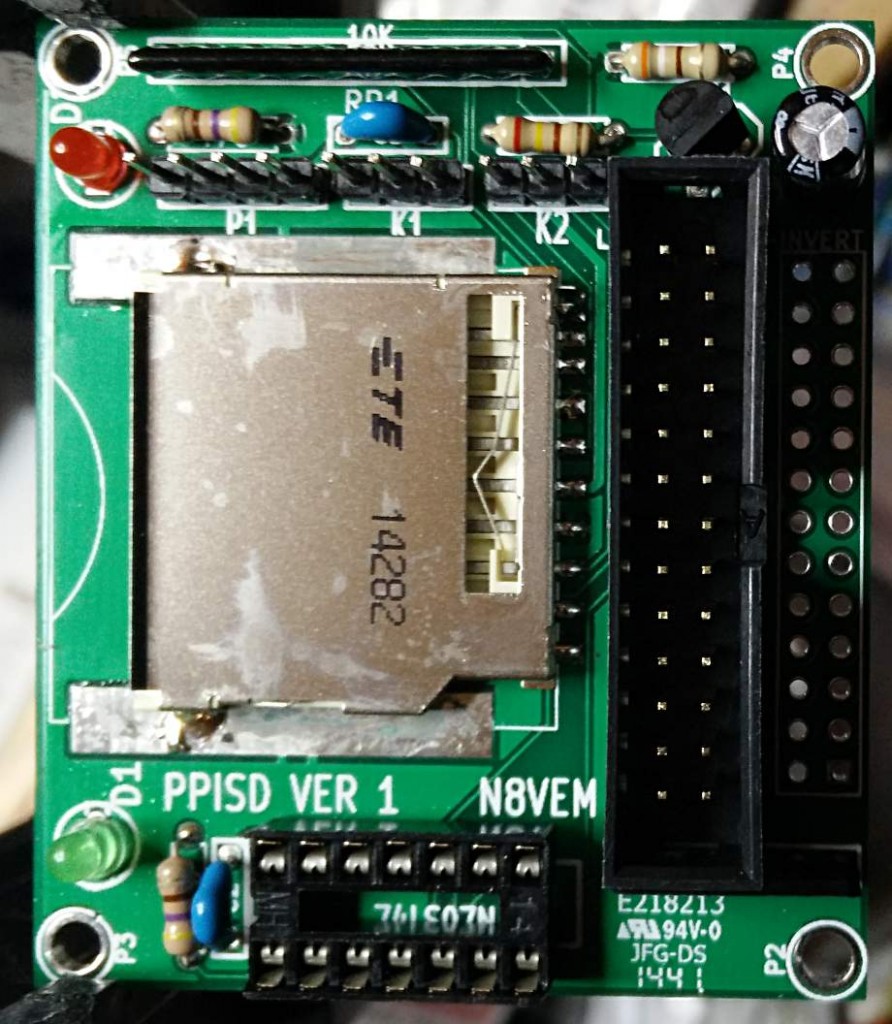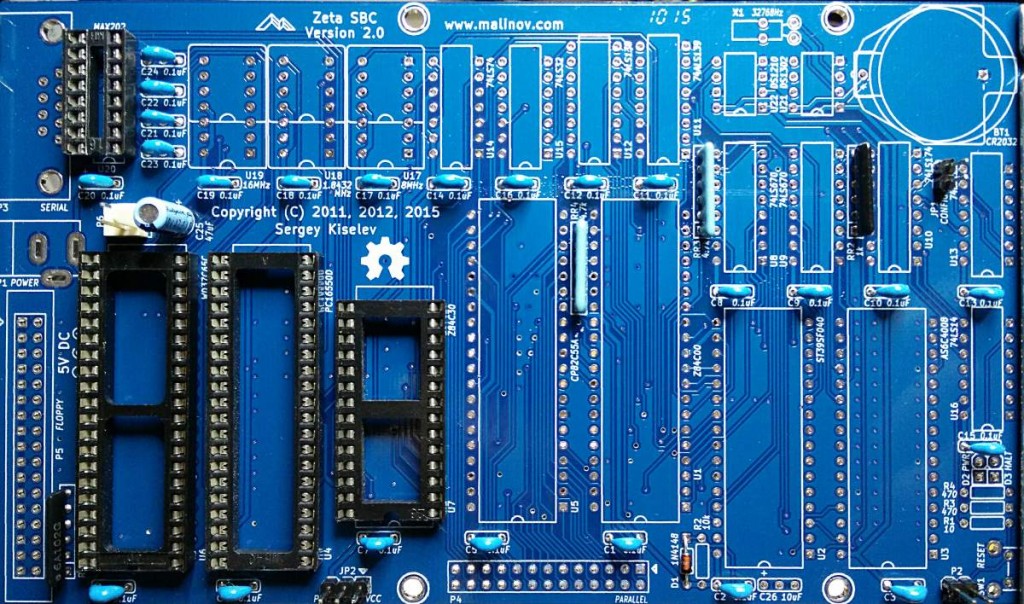
Just started on a SBC6120 RBC Edition kit. It’s a DEC PDP-8-compatible single board computer that uses a CMOS chipset from the early 1980s. Yes, it will be very slow, even with the optional speedy 8 MHz oscillator installed. With a 12-bit processor and 32 kilo-words of RAM, this is definitely going to be a Slow Computing device.
Lots and lots of sockets. So many sockets. It’s quite soothing soldering them all in, one hole at a time. It looks like it’ll go more quickly than the Zeta did.
> Does anyone know what each of the pins on the 6502 CPU chip in the Apple II Plus does?
They all plug into the socket on the motherboard to keep the chip from drifting away. – c.s.a2 FAQ of yore






